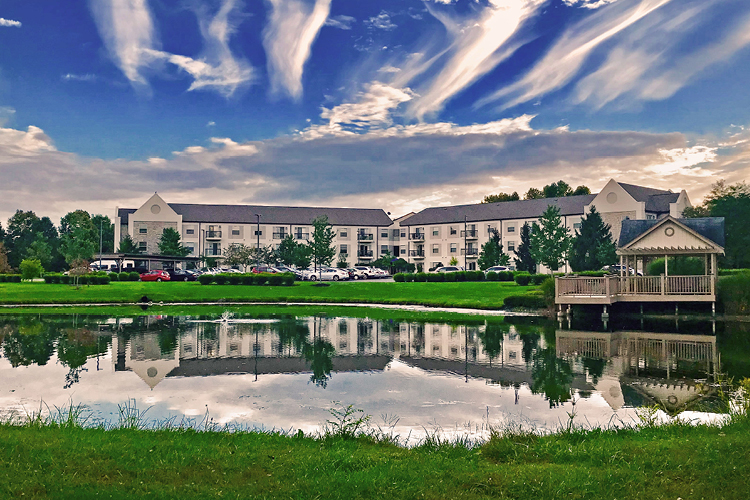By Chuck Sudo | October 7, 2021
Many senior living providers have been pivoting to wellness in their operational models, and memory care is no exception. But given the particular needs of memory care residents, fostering a wellness-first approach is not easy. Bringing wellness into memory care involves engaging multiple stakeholders, specific training, transforming physical spaces, and integrating technology.
Most importantly, memory care providers pivoting to wellness are reassessing their approaches toward caring for residents in their charge. That is according to leaders with Senior Star and Sunshine Retirement Living, who spoke during a recent webinar hosted by Senior Housing News.
The tendency of memory care providers used to be approaching residents from the perspective of their cognitive decline, instead of as people who still have much to give, and plenty of life to live, said Shadoworee Betts, senior vice president of clinical services at Senior Star. The Tulsa, Oklahoma-based senior living provider’s operates a portfolio of 12 communities in five states. Memory care is a particular area of expertise; company founders Bill Thomas and Bob Thomas have served at the national leadership level of the Alzheimer’s Association, and Betts sits on the National Alzheimer’s Association Dementia Care Roundtable.
“We like to look at the person holistically – these individuals, prior to the diagnosis, had fulfilled lives and careers,” Betts said.
Giving staff ownership
Hiring the right people — not just having the proper staffing levels — is essential to bringing wellness into memory care.
It involves hiring for the type of culture providers plan to implement – having the necessary soft skills and approachability to get residents to engage with frontline staff, Betts said.
If a job candidate has those skills in place, then odds are solid they have the purpose required for a career in memory care, and then providers can train them in the needed skills. For instance, how to assist residents, identify what agitates them, and learn de-escalation techniques if an episode occurs.
“We spend a lot of time on the process of hiring right, first,” she said.
New hires at Senior Star’s memory care facilities spend a lot of their onboarding and early weeks on the job in sensitivity training, including simulations to provide a clearer sense of what it is like to live with cognitive decline. This leads new staff members toward being more patient and empathetic toward residents. The training is continuous, and involves engaged leaders who observe and are willing to teach in the moment. Leaders provide associates with the flexibility to make on-the-spot decisions and empower the lives of the residents that they’re serving.
“When you’re able to address what [staff are] asking you to address, you create raving fans from your associates. That allows them to be a little bit more successful in an engagement process,” Betts said.
Residents embrace technology
After lagging behind other industries for years in embracing technology, Covid-19 shattered the barriers holding the senior living industry from incorporating tech platforms into their operations. Technology poses unique opportunities, and challenges, for memory care settings. But providers are pleasantly surprised by how residents are embracing tech, in particular.
Senior Star is bringing in virtual reality capabilities for its memory care neighborhoods, and intends to train staff and residents’ families on the technology, in addition to residents, Betts said. She sees Senior Star using VR as a tool to give staff and residents’ families, in particular, a semblance of what residents in cognitive decline live with on a daily basis.
“They’re used to being caregivers. They’re not used to being the person that has the disease; VR equipment will allow us to help with those experiences,” she said.
Senior Star is exploring partnering with a third-party provider on an artificial intelligence-based fall detection platform, which can predict when a resident is most susceptible to falls, and eventually reduce the likelihood of an event occurring.
Betts believes that gathering data will help Senior Star identify the contributing factors behind falls, put measures in place to reduce the chances of a fall in the future, and explain to families why loved ones are falling and the measures being taken to prevent future incidents.
Senior Star plans to launch the partnership in early 2022. The provider is also exploring additional engagement technologies for residents and associates to more positively engage in their environments.
“It provides great reassurance for our family members,” Betts said.
“When [families] choose to bring their loved ones to memory care, they’re not prepared at times for what they’re going to see. We try to take that trauma away from them and make sure our environment is inviting,” she said.
For the full story:
https://seniorhousingnews.com/2021/10/07/inside-the-wellness-driven-memory-care-models-of-senior-star-sunshine-retirement/

